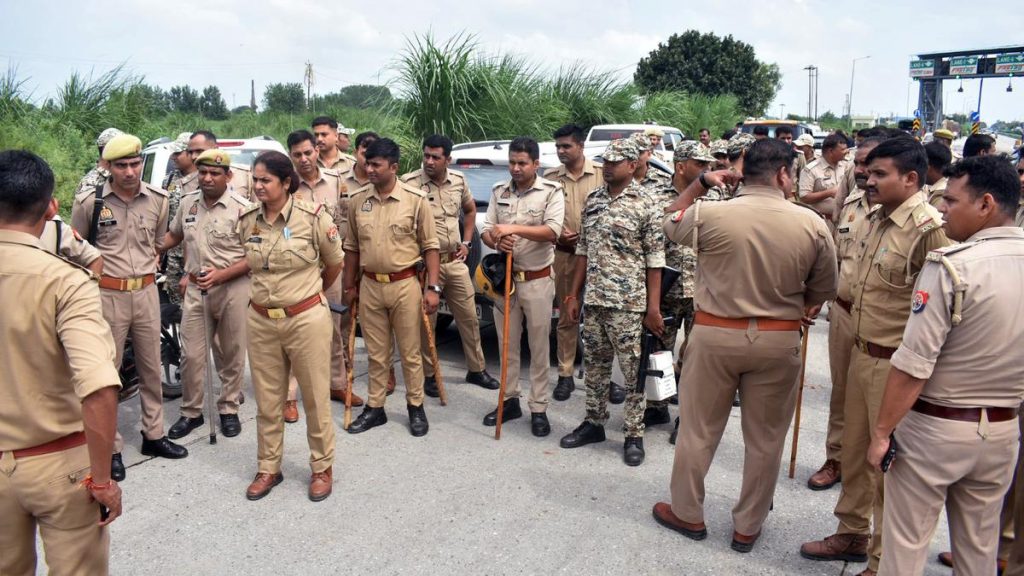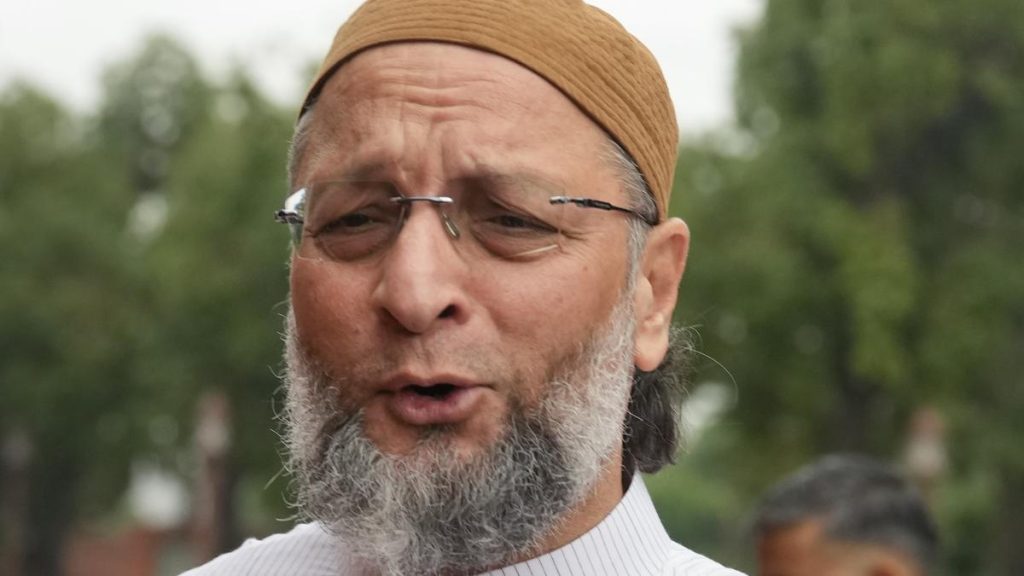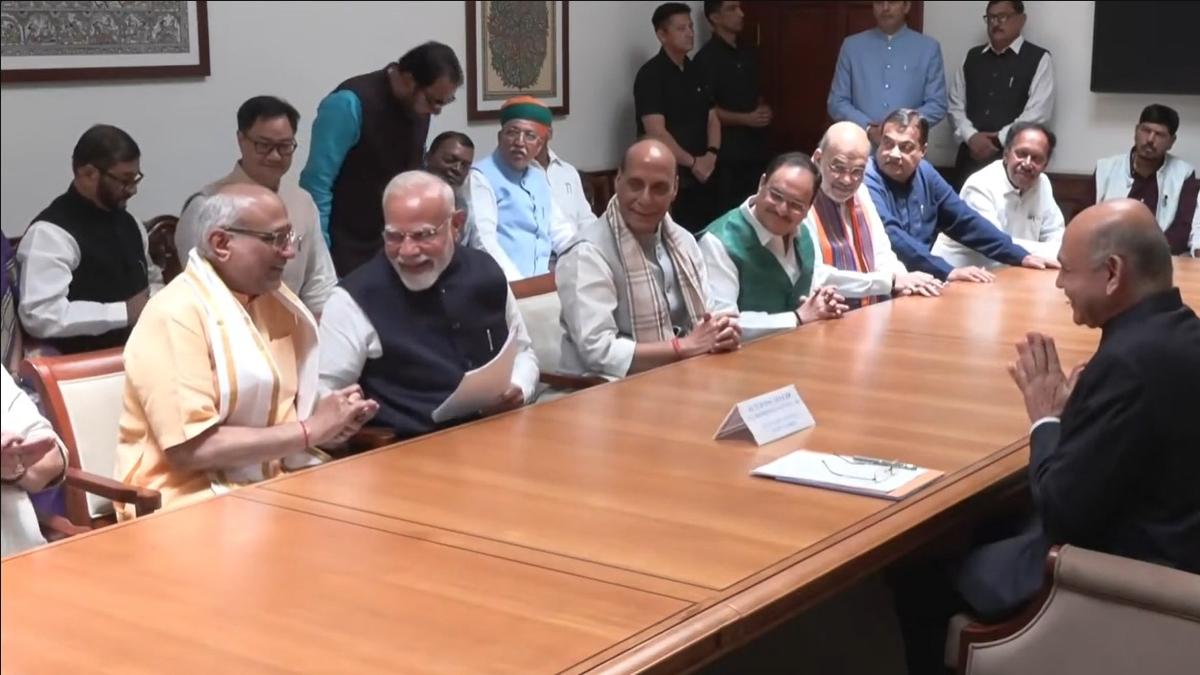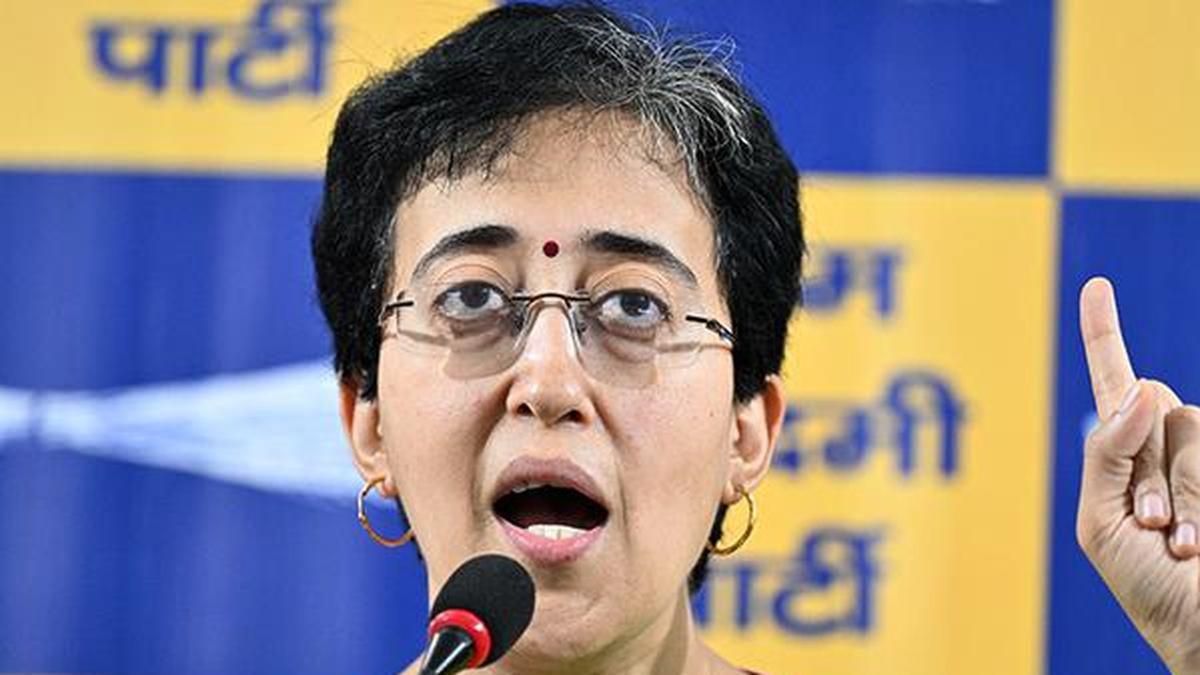Now Reading: Supreme Court Rejects Centre’s Citation of Constituent Assembly on President’s Bill Decision Timeline
-
01
Supreme Court Rejects Centre’s Citation of Constituent Assembly on President’s Bill Decision Timeline
Supreme Court Rejects Centre’s Citation of Constituent Assembly on President’s Bill Decision Timeline
Fast Summary
- The Supreme Court is examining a Presidential Reference under Article 143 on whether judicial timelines can be imposed on the President or Governors for granting assent to Bills.
- Solicitor General Tushar Mehta, representing the Union government, referenced the Constituent Assembly debates (May 20, 1949) to argue that no specific time limits bind the President while granting assent.
- A proviso in draft Article 91 initially suggested a six-week timeline for presidential assent but was later replaced with “as soon as possible” through intervention by Dr. B.R. Ambedkar.
- Chief Justice of India B.R. Gavai and other judges of the five-member Bench noted that even though “six weeks” was removed from the draft Article, reasonable timeframes were still discussed and deemed appropriate during debates.
- Some Constituent Assembly members like Naziruddin Ahmad preferred flexible language such as “reasonable latitude,” whereas others like P.S. Deshmukh argued that strict timelines-like six weeks-could encourage timely decision-making by Presidents/Governors.
- This Reference follows a previous Supreme Court Division Bench ruling suggesting Presidents and Governors decide on Bills within three months instead of indefinitely delaying decisions.
Indian opinion Analysis
The ongoing debate reflects key tensions between constitutional intent and practical governance in IndiaS parliamentary democracy. By revisiting foundational discussions from Constituent Assembly debates, both sides provide compelling rationales about whether imposing timelines for executive decision-making undermines constitutional discretion or ensures accountability.
A strict timeline could enhance legislative predictability and guard against delays affecting governance processes; however, adaptability might allow deeper deliberation when circumstances demand it. The response to this issue impacts federal dynamics-as a notable example, how state legislation requiring Governor’s consent might unfold-which remains central given India’s diverse political landscape.
Ultimately, clarity from the Supreme Court in balancing constitutional responsibility against unduly rigid procedural mandates will help set legal precedents influencing democratic roles across multiple institutions.
Read more: Presidential Reference Explained























